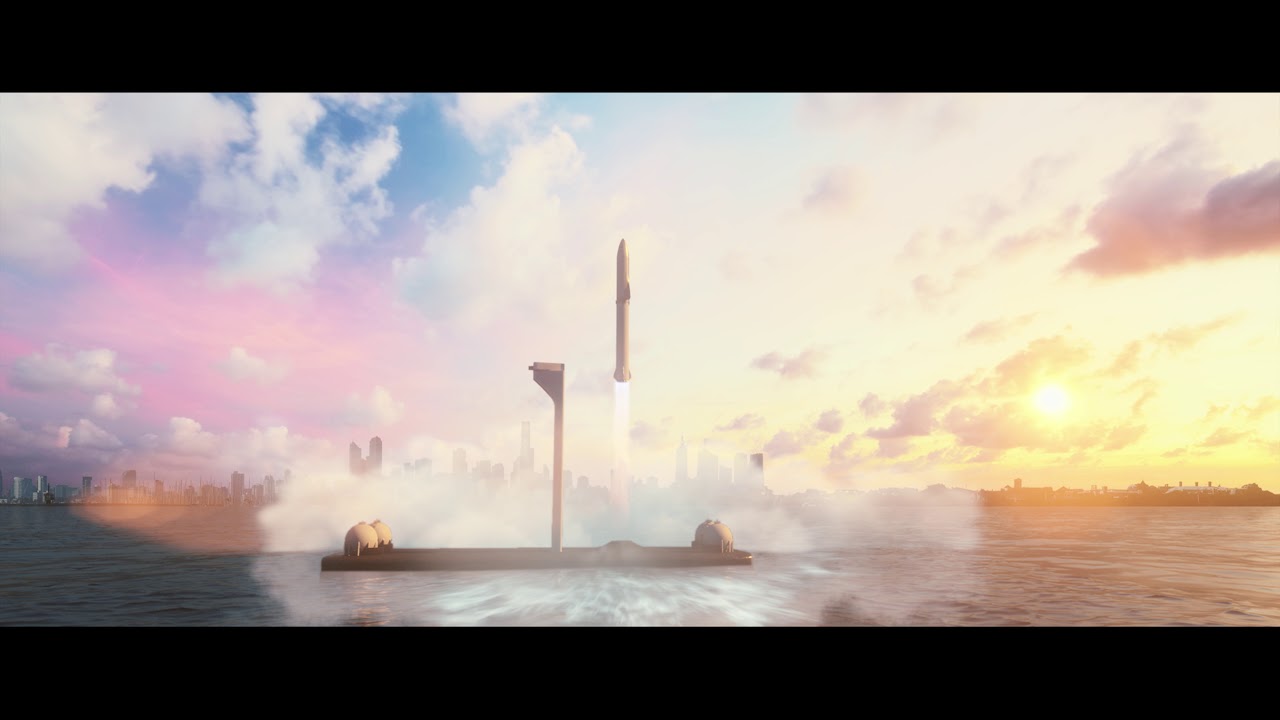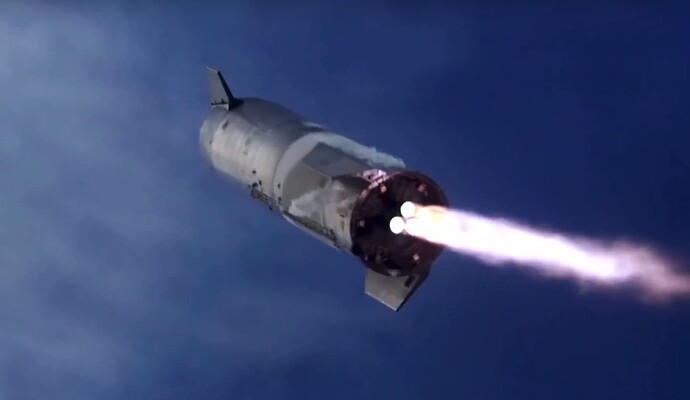In the Starship Project Update presentation at Starbase, Elon Musk responded to a question about the prospect of using Starship for point-to-point long distance transportation on Earth by noting that the capital cost for Starship would be much less than for a conventional subsonic alrliner since the Starship could fly many more missions per day, while the airliner was limited to one or two due to its speed.
In comment #2 on that post, @CTLaw disputed Musk’s calculation, noting that turnaround time, even if the same for the airliner and rocket, would dramatically reduce the benefit claimed by Musk.
Major costs for airline operations include capital cost for aircraft, labour, fuel, maintenance, and fixed costs. I decided to look at one of these, fuel cost. This turns out to be far more difficult than you might expect. Elon Musk said this about Starship fuel costs on 2020-05-08:
I tried to confirm this, and fell down a rabbit hole which consumed several hours of frustrating inquiry, from which I never completely emerged. You’d think it would be easy, knowing the mass fraction of oxygen and methane, which works out to 936/264 tonnes for Starship and 2652/748 tonnes for Super Heavy, or 3588 tonnes LOX and 1012 tonnes liquid methane for the full stack, to estimate fuel cost, but you’d be wrong.
There are many things the Internet knows, but the price of liquid oxygen in bulk doesn’t seem to be one of them, which is kind of odd for an industrial product made and consumed worldwide in a quantity estimated at 16 million tonnes per year. About the best I can find is “around US$ 0.20 per kilogram”, which is US$ 200 per tonne. Multiplying this by the total LOX load of Starship plus Super Heavy yields US$717,600, which is already more than Elon’s estimate for all propellants. Maybe the US$ 200 per tonne is the delivered price for a commercial supplier including their mark-up and SpaceX’s estimate assumes they’re building their own LOX plant near the launch site and producing LOX for cost near that of the electricity to run it (which also varies dramatically from one region to another). Anyway, that’s a substantial discrepancy.
Now we move on to the methane fuel. Forget looking for prices for liquid methane—you’ll find nothing of use. But liquefied natural gas (LNG) is basically methane with some impurities, so I decided to use it as a proxy. LNG is a commodity which is traded worldwide and quoted in real time, so it’s easy to get numbers, but they are in the screwball units of US$ per million British Thermal Units (MBTU), where the British Thermal Unit is a quaint unit of energy defined as the heat input required to raise one pound of water by one degree Fahrenheit, which works out to somewhere between 1054 and 1060 joules in civilised units, depending upon which variety of quaint definition of BTU you use. To convert this to a mass of liquid natural gas, we must choose an estimate of the energy produced by burning a given mass of gas under specified conditions, then take the inverse. Using conventional definitions you end up with 51.9 MBTU per tonne of LNG, which lets you convert the quoted price in MBTU to LNG price per tonne.
But LNG prices are highly volatile and have been all over the map in the last ten years, as fickle policy changes, energy production trends, and production technologies have evolved. In April 2020, LNG in the U.S. sold for US$ 2.85/MBTU, while in October 2021 it was US$ 12.15/MBTU. At this writing, it’s around US$ 4.30/MBTU. Whatever estimate you use is likely to be far off the mark a few months later.
Anyway, I picked US$ 5/MBTU as an eyeball average price over the last few years and assumed that in large enough quantities the cost of refining LNG into sufficiently pure methane for Raptors to inhale is small compared to the cost of the feed stock. Running this through all of the conversions and multiplying by 1012 tonnes of methane in both stages gives a cost of US$ 262,614 for methane, for a total propellant cost of US$ 980,214 for the full vehicle. This is around twice Elon Musk’s estimate, but close enough for a Fermi calculation and highly dependent upon the assumptions made for liquid oxygen production.
The next question is whether a full propellant load would be required for point-to-point transportation on Earth. I assumed it would. For a flight on the order of half way around the world, for example Los Angeles to Singapore, around 14,000 km, the difference in velocity between an orbital trajectory outside the atmosphere and one which re-enters for a landing at such a range is insignificant compared to the other uncertainties in this calculation. Further, while reducing payload would decrease the fuel requirement, I assume the full payload capacity of 100 tonnes, since if the ship were used as a freighter, that would provide the most economical operation and it is conveniently close to the payload capacity of long-haul freighter aircraft. While some have spoken of Starship being used without Super Heavy for point to point service, this makes no sense for long range flights, as it cannot remotely reach sufficient velocity to achieve intercontinental range while carrying a useful payload.
Now, let’s look at a conventional air freighter. I’ll use the Boeing 777F, which has a maximum payload of 103.7 tonnes, essentially the same as Starship, fuel capacity of 145.5 tonnes, and a range of 9200 km at its maximum payload, but up to 18,057 km with reduced payload. The 777F burns Jet A fuel, whose cost is also volatile (although not to the degree of LNG), and is currently quoted as US$ 882.3 per tonne. Thus the fuel cost for the 777 would be US$ 128,408 for the flight. (The full payload might require a refueling stop, but given the liquid global market for Jet-A, this would not make a substantial difference in total fuel cost.)
So, the bottom line is that the Starship rocket freight mission would cost US$ 980,214 (or around a million bucks) by my estimate, or half that by Elon Musk’s, while the Boeing 777 would burn US$ 128,408 in fuel for the same trip. This makes Starship between 3.9 and 7.6 times as expensive in fuel costs as the subsonic airliner. The end-to-end flight time for the Starship is estimated as around 45 minutes, while United Airlines Flight 37 from Los Angeles to Singapore (on a Boeing 787-9) takes 17 hours and 50 minutes, or 23.8 times as long, which will increase the capital and crew costs for the airliner, but these are at this time so uncertain for Starship as to be impossible to estimate for comparison.
My take away from this is that from the standpoint of fuel cost alone, the viability of point to point suborbital transport cannot be ruled out. Fuel may cost between four and eight times as much, but the freight or passengers arrive almost 24 times faster, and given airline-type turnaround times, a rocket transport could certainly complete more revenue flights per day than the airliner.
Will there be a sufficient market to develop and sustain such a service? That’s hard to say. The first generation of passenger jet transports (Boeing 707, Douglas DC-8, etc.) were fuel-thirsty and expensive compared to the piston engine planes they replaced, but they flew almost twice as fast and before long almost completely displaced them on long haul routes. It could be that for passenger service, rocket flight is just too fast—given time zone differences, flight halfway around the world will necessarily either depart or arrive at an inconvenient time on one end and passengers will probably be half-awake zombies for a day or two after arrival, negating some of the advantage of getting there so quickly. It’s easy to see the advantage for time-critical freight, but not clear if there’s enough to fill up a 100 tonne freighter for frequent trips to the antipodes.
Some have argued that passengers won’t accept the inconveniences of acceleration and weightlessness that suborbital flight entail: “Half of the time you can’t get to the toilet and the other half it doesn’t work”. Hey, the flight is only 45 minutes instead of 16+ hours and, as to the toilet, have these critics ever flown on EasyJet?

